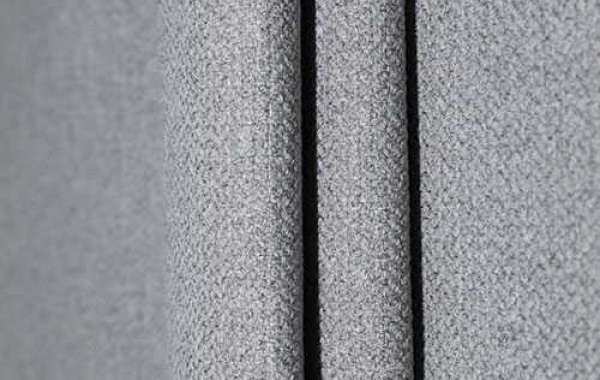Printing a heat transfer printing film with a latex inks should be as easy as printing a pressure sensitive vinyl. In fact, if you use the SEF Tatoo printable polyurethane film, your job should be more trouble-free. One reason is that the carrier for Tatoo is a polyester film, which is much more stable when exposed to heat than a paper liner.
When we first tested the printability of the SEF Tatoo polyurethane film using the HP Designjet L25500 latex printer, we used a generic ‘heat transfer media’ profile. Printing a low resolution image of the Indian Motorcycle maiden from the internet our results with this stock profile were phenomenal.
Make sure that you print on the polyurethane film and not on the polyester carrier. Both sides of the film are very similar in appearance. The polyurethane side of the films has a matte finish. The carrier has a smoother finish. If you are still confused which side is which, scrape a corner of the film with an Xacto® blade. The white polyurethane film is very thin and stretchable. The thicker polyester carrier is clear and will not stretch at all. Also when you are printing on the film, print “right reading”.
Test, Don’t Guess
The results that you achieve will depend on the material that you are printing on and the environment in your shop. Another major difference is the printer itself. Temperature settings used in printing a heat transfer material can vary from one printer to another. For example, the temperature settings for the HP Latex 360 printer can be significantly higher than the settings for the HP L25500 or the L26500 printers.
The reason that the HP 360 can print heat sensitive films at higher temperatures is that the curing system utilizes forced hot air to dry the media. Inside the curing module hot air is circulated and blown through hundreds of tiny nozzles onto the print media. The micro-jets of hot air are hot enough to cure the ink but not so hot as to deform or damage the substrate. The bottom line is that the curing temperature is higher, but the exposure to heat is lower.
The type of printable heat transfer film selected for a job is major factor regarding curing and drying temperatures and drying times. Settings when printing vinyls, polyurethanes and polyurethane blends can vary greatly.
Drying times for different films can also vary. Some heat transfer materials may take longer to dry completely. While a print may feel dry to the touch, an ink can take an additional ten minutes to a half hour to fully dry. If the ink has not dried completely, the masking used to transfer the applique may not stick sufficiently.
Prior to production, my advice is to evaluate the printability of the heat transfer material in the conditions within your shop. If you don’t achieve acceptable results, you will need to adjust your settings.
In modifying the settings when printing a heat transfer film, my recommendations are the same as when printing many vinyl films.
Curing Temperature
A standard setting for curing temperature when printing vinyl with an HP latex printer is 100°C to 110°C. In many cases that may be too hot for the heat transfer film that you are printing. In these cases, many printers will lower the heat setting to 88°C.
The lower temperature setting eliminates any problem with the film buckling or tunneling. When printing at the lower temperatures, the ink may not be completely dry. To compensate for this you need to make additional adjustments.
In changing the printer settings, increase the pass rate to 12 pass or 16 pass. You may also need to change from bidirectional printing to unidirectional. These adjustments will allow the print more time to cure at the lower temperature setting. You may also need to increase air flow to improve drying.
We are one of the heat transfer label manufacturers and welcome to visit gbao.com!








